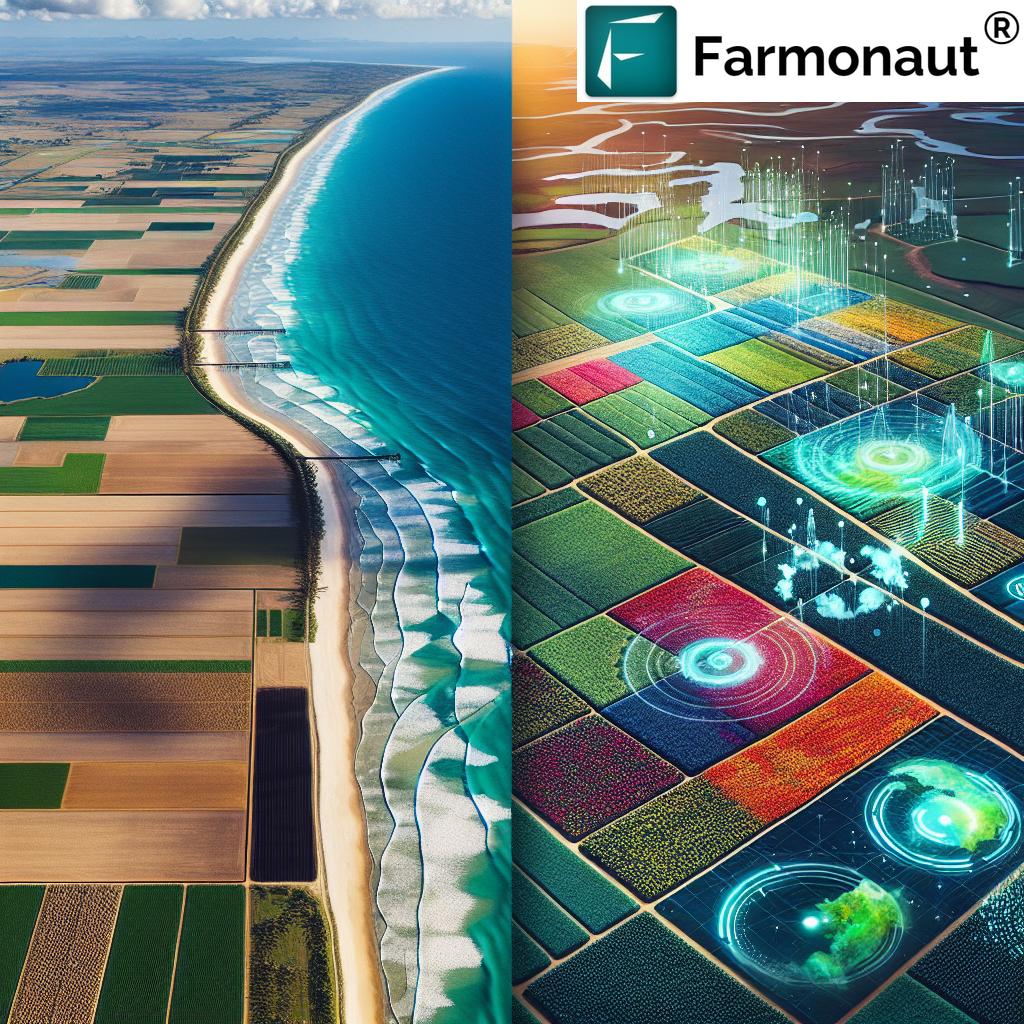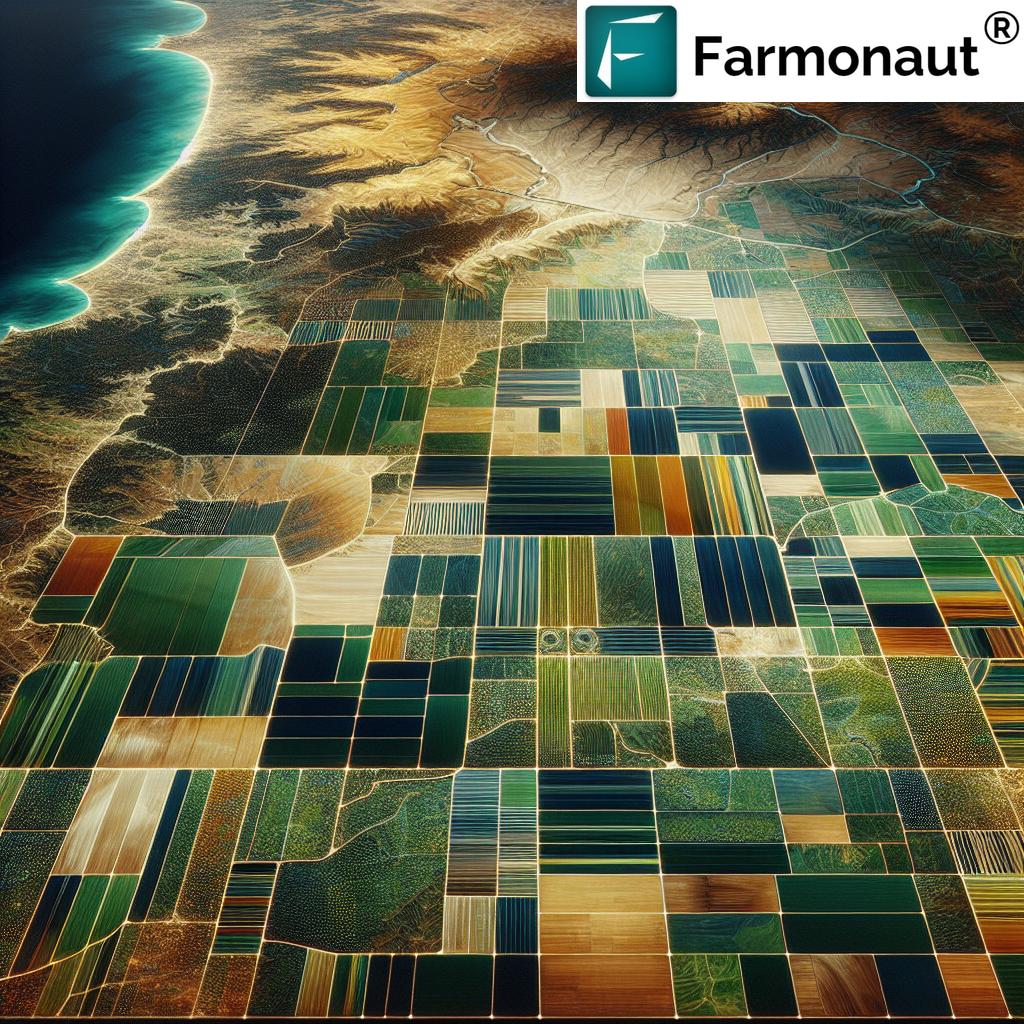Unlocking Global Wine Markets: Australia’s Comprehensive Guide to Export Strategies and Production Insights
“Australia’s wine exports reached 615 million liters in 2020, valued at $2.9 billion AUD.”
Welcome to our comprehensive analysis of the international wine market, where we delve into the latest global wine production trends and export strategies. As we navigate through this intricate landscape, we’ll explore key wine-producing countries, examining their production profiles, competitive positioning, and export markets. Our journey will take us from the sun-drenched vineyards of Australia to the historic terroirs of Europe and the emerging wine regions across the globe.
In this report, we’ll uncover the innovations shaping the industry, from cutting-edge vineyard management techniques to sustainable winegrowing practices that are revolutionizing the way we produce and enjoy wine. We’ll also gain valuable insights into emerging grape varieties, regional developments, and the technological advancements driving the future of wine production.
Global Wine Production Analysis: A Snapshot of the Industry
The global wine industry is a dynamic and ever-evolving sector, influenced by factors ranging from climate change to shifting consumer preferences. Let’s begin our analysis by examining the current state of global wine production:
- World wine production has seen fluctuations in recent years, with climate variability playing a significant role.
- Major producers like Italy, France, and Spain continue to dominate, but new world wine countries are gaining ground.
- Emerging wine regions in countries such as China and India are expanding their production capabilities.
To better understand the competitive landscape, let’s look at a comparative analysis of key wine-exporting countries:
| Country | Annual Wine Production (million hl) | Top Export Markets | Signature Grape Varieties | Export Value (billion USD) |
|---|---|---|---|---|
| Australia | 12.5 | China, UK, USA | Shiraz, Chardonnay | 1.8 |
| France | 46.6 | USA, UK, Germany | Cabernet Sauvignon, Merlot | 11.0 |
| Italy | 49.1 | USA, Germany, UK | Sangiovese, Nebbiolo | 7.1 |
| Spain | 40.7 | Germany, UK, USA | Tempranillo, Airén | 3.0 |
| Chile | 10.5 | China, USA, UK | Cabernet Sauvignon, Carmenère | 1.9 |
| New Zealand | 3.0 | USA, UK, Australia | Sauvignon Blanc, Pinot Noir | 1.2 |
This table provides a clear overview of the competitive positioning of major wine-producing nations, highlighting their production volumes, key export markets, and signature grape varieties. It’s evident that while traditional wine powerhouses maintain their stronghold, countries like Australia, Chile, and New Zealand are carving out significant niches in the global market.
Australia’s Wine Export Strategies: A Model for Success
Australia has long been recognized as a leader in wine export strategies, consistently adapting to market demands and leveraging its unique terroir to produce world-class wines. Let’s explore some key aspects of Australia’s approach:
- Market Diversification: While China remains a crucial market, Australia has been actively expanding its presence in other Asian countries, as well as reinforcing its position in traditional markets like the UK and US.
- Premiumization: There’s a growing focus on promoting premium and ultra-premium Australian wines to improve value perception and increase export revenues.
- Sustainable Practices: Australian winegrowers are increasingly adopting sustainable and organic viticulture methods, appealing to environmentally conscious consumers globally.
To stay ahead in this competitive landscape, Australian wine producers are leveraging advanced technologies for vineyard management and wine production. This is where solutions like Farmonaut come into play, offering cutting-edge GIS and remote sensing tools to enhance understanding of global wine production and optimize vineyard operations.
Vineyard Management: Embracing Technology for Better Yields
Effective vineyard management is crucial for producing high-quality wines and maintaining a competitive edge in the global market. Here are some innovative techniques being employed:
- Precision Viticulture: Using satellite imagery and GPS technology to monitor vine health, soil conditions, and microclimates within vineyards.
- AI-Driven Decision Making: Implementing artificial intelligence systems to analyze data and provide recommendations on irrigation, pest control, and harvest timing.
- Drone Technology: Employing drones for aerial surveillance of vineyards, allowing for quick identification of issues and more efficient resource allocation.
Farmonaut’s satellite-based crop health monitoring system is particularly valuable in this context, offering real-time insights into vegetation health and soil moisture levels. This data-driven approach enables vineyard managers to make informed decisions, optimizing both yield and quality.
Sustainable Winegrowing: The Future of Wine Production
“The global wine market is projected to grow at a CAGR of 5.8% from 2021 to 2028.”
Sustainability has become a key focus in the wine industry, with consumers increasingly demanding environmentally friendly products. Let’s explore some sustainable winegrowing practices that are shaping the future of wine production:
- Water Conservation: Implementing drip irrigation systems and using drought-resistant rootstocks to reduce water usage.
- Organic and Biodynamic Farming: Adopting chemical-free farming methods to promote soil health and biodiversity in vineyards.
- Carbon Footprint Reduction: Utilizing renewable energy sources and optimizing transportation logistics to minimize emissions.
Farmonaut’s carbon footprinting feature aligns perfectly with this trend, allowing wineries to track their environmental impact in real-time and make data-driven decisions to improve sustainability.
Explore Farmonaut’s API for advanced agricultural insights
Wine Market Trends: Understanding Consumer Preferences
To develop effective export strategies, it’s crucial to stay abreast of evolving wine market trends. Here are some key trends shaping consumer preferences:
- Rise of Organic and Natural Wines: Increasing demand for wines produced with minimal intervention and organic viticulture practices.
- Low-Alcohol and Non-Alcoholic Options: Growing interest in lower alcohol content wines and non-alcoholic alternatives.
- Experiential Wine Tourism: Consumers seeking immersive experiences through vineyard tours and tasting events.
- E-commerce and Direct-to-Consumer Sales: The digital transformation of wine retail, accelerated by the global pandemic.
Understanding these trends is essential for wineries looking to tailor their products and marketing strategies to meet consumer demands in different export markets.
Viticultural Innovation: Adapting to Climate Change
Climate change poses significant challenges to the wine industry, necessitating innovative approaches to viticulture. Some key areas of innovation include:
- Heat-Resistant Grape Varieties: Developing and cultivating grape varieties that can thrive in warmer conditions.
- Precision Irrigation: Using advanced sensors and AI to optimize water usage based on specific vine needs.
- Canopy Management Techniques: Implementing new training systems to protect grapes from excessive sun exposure.
Farmonaut’s AI advisory system, Jeevn AI, can play a crucial role in helping vineyard managers adapt to changing climate conditions by providing personalized recommendations based on real-time data and weather forecasts.
Wine Industry Insights: Emerging Opportunities and Challenges
As we look to the future of the global wine industry, several key insights emerge:
- Emerging Markets: Asia, particularly China and India, represent significant growth opportunities for wine exporters.
- Digital Transformation: The adoption of blockchain technology for supply chain transparency and e-commerce platforms for direct sales is reshaping the industry.
- Sustainability Certifications: Increasing importance of environmental and social sustainability certifications in consumer purchasing decisions.
- Climate Adaptation: The need for ongoing research and innovation to address the challenges posed by climate change to wine production.
These insights highlight the importance of staying agile and embracing technological solutions to remain competitive in the evolving wine market.
Wine Export Markets: A Deep Dive into Key Regions
Understanding the nuances of different export markets is crucial for developing targeted strategies. Let’s examine some key markets:
China
- Rapidly growing market with increasing wine consumption
- Preference for red wines, particularly from France and Australia
- Challenges include complex regulations and intense competition
United States
- Largest wine market by value, with diverse consumer preferences
- Growing interest in organic and sustainable wines
- Complex distribution system with three-tier structure
United Kingdom
- Traditional import market with sophisticated consumer base
- Increasing demand for sparkling wines and rosés
- Brexit impacts on trade regulations and tariffs
Exporters must tailor their approaches to each market, considering factors such as local tastes, regulatory environments, and competitive landscapes.
Grape Varieties for Export: Balancing Tradition and Innovation
Selecting the right grape varieties is crucial for success in export markets. While traditional varieties remain popular, there’s growing interest in unique and indigenous grapes. Some trends include:
- Classic Internationals: Cabernet Sauvignon, Chardonnay, and Merlot continue to dominate global markets.
- Rising Stars: Varieties like Grenache, Tempranillo, and Albariño are gaining popularity.
- Indigenous Varieties: Growing interest in local grapes like Australia’s Shiraz or Italy’s Nero d’Avola.
- Climate-Adaptive Varieties: Increased focus on grapes that can withstand changing climate conditions.
Farmonaut’s satellite monitoring can help vineyard managers track the performance of different grape varieties across their estates, informing decisions on which varieties to cultivate for export markets.
Wine Production Technology: Innovations Shaping the Industry
Technological advancements are revolutionizing wine production, from the vineyard to the cellar. Key innovations include:
- Smart Fermentation Tanks: Equipped with sensors to monitor and control fermentation processes.
- Optical Sorting Technology: Using cameras and AI to select the best grapes for production.
- Micro-Oxygenation Techniques: Precise control of oxygen exposure during winemaking to enhance flavor profiles.
- Blockchain for Traceability: Ensuring authenticity and providing transparency from grape to glass.
These technologies not only improve wine quality but also enhance efficiency and sustainability in production processes.
Conclusion: Navigating the Future of Global Wine Exports
As we’ve explored in this comprehensive guide, the global wine industry is at a pivotal point, facing both exciting opportunities and significant challenges. From embracing sustainable practices and leveraging cutting-edge technologies to understanding diverse export markets and consumer preferences, success in the international wine trade requires a multifaceted approach.
Australian wine producers, with their innovative spirit and adaptability, are well-positioned to capitalize on these trends and maintain their strong presence in the global market. By harnessing the power of data-driven insights, such as those provided by Farmonaut’s advanced GIS and remote sensing solutions, wineries can optimize their operations, enhance sustainability, and make informed decisions about production and export strategies.
As we look to the future, it’s clear that the most successful players in the global wine industry will be those who can balance tradition with innovation, adapt to changing climatic conditions, and meet the evolving demands of consumers worldwide. By staying informed about market trends, embracing technological advancements, and committing to sustainable practices, wine producers and exporters can uncork new opportunities in the ever-expanding global wine market.
FAQs
- Q: How is climate change affecting wine production globally?
A: Climate change is impacting wine production through shifts in temperature patterns, altered rainfall, and increased frequency of extreme weather events. This affects grape ripening, harvest times, and overall wine quality, leading to changes in traditional wine-growing regions and the emergence of new ones. - Q: What role does technology play in modern vineyard management?
A: Technology plays a crucial role in modern vineyard management through precision viticulture techniques. This includes the use of satellite imagery, drones, and IoT sensors to monitor crop health, soil conditions, and microclimates, enabling more efficient resource use and improved grape quality. - Q: How are consumer preferences changing in the global wine market?
A: Consumer preferences are evolving towards more sustainable and organic wines, lower alcohol options, and unique, indigenous grape varieties. There’s also a growing interest in wine tourism and direct-to-consumer sales through e-commerce platforms. - Q: What are the key challenges facing wine exporters in today’s market?
A: Key challenges include adapting to climate change, navigating complex international regulations and tariffs, addressing sustainability concerns, and standing out in a highly competitive global market with evolving consumer preferences. - Q: How can wineries leverage data analytics to improve their export strategies?
A: Wineries can use data analytics to gain insights into market trends, consumer preferences, and production efficiencies. This data can inform decisions on which grape varieties to cultivate, optimal harvest times, and which export markets to target, ultimately leading to more effective export strategies.
















